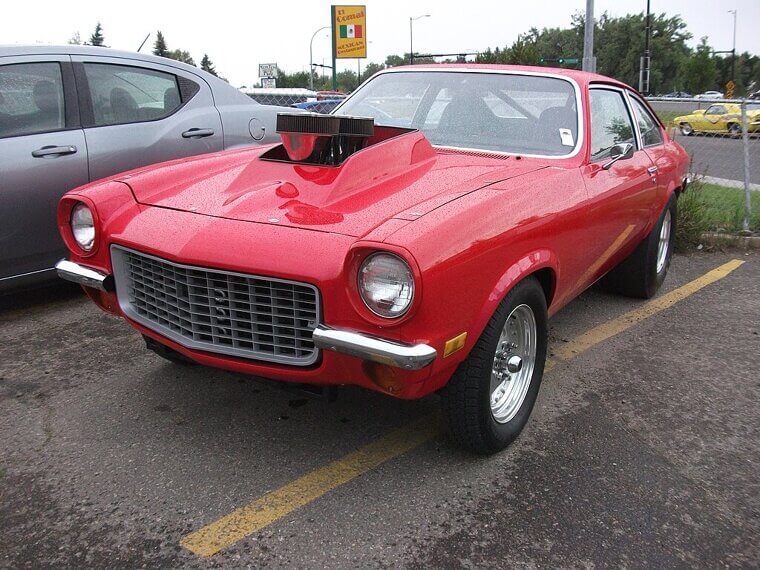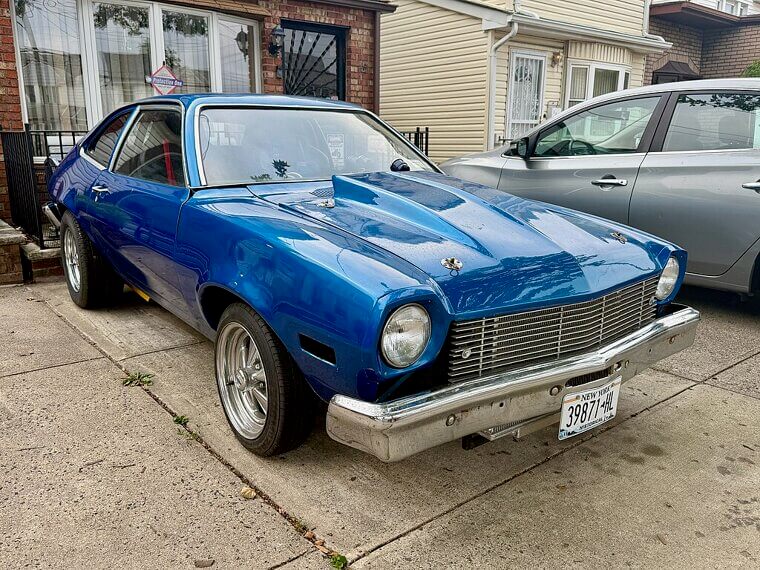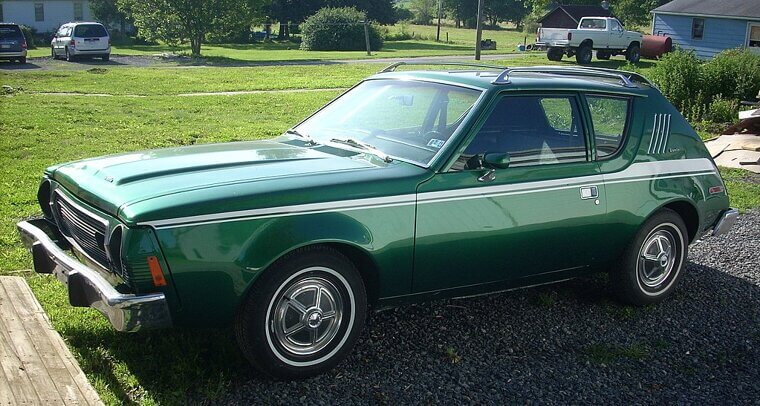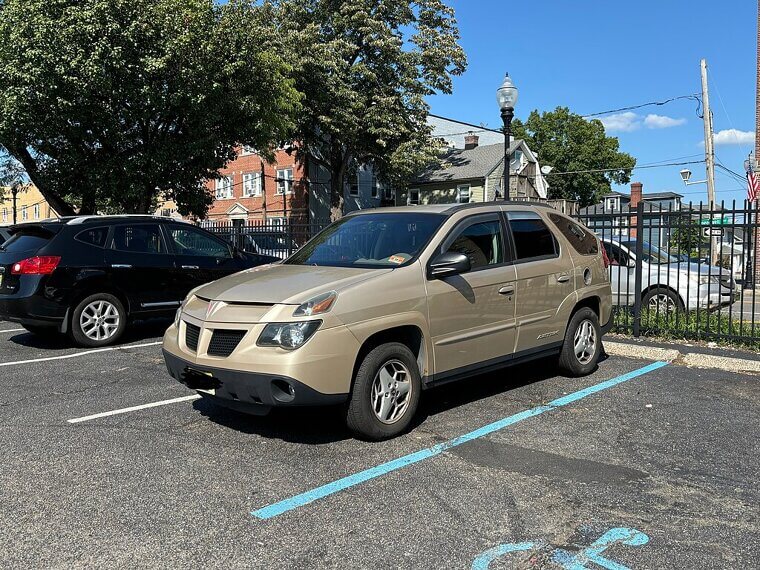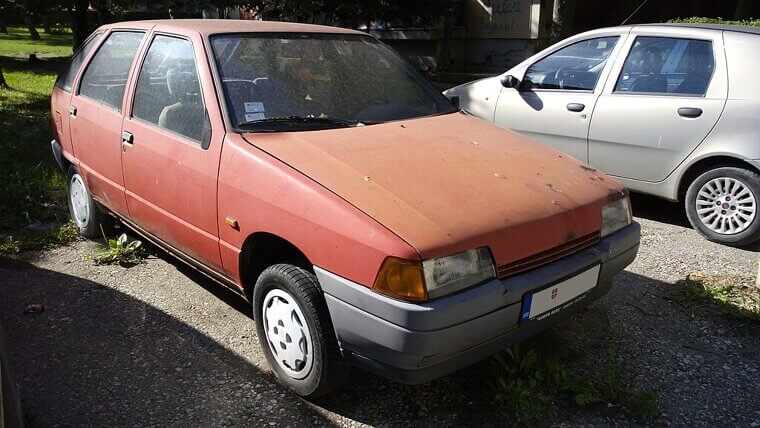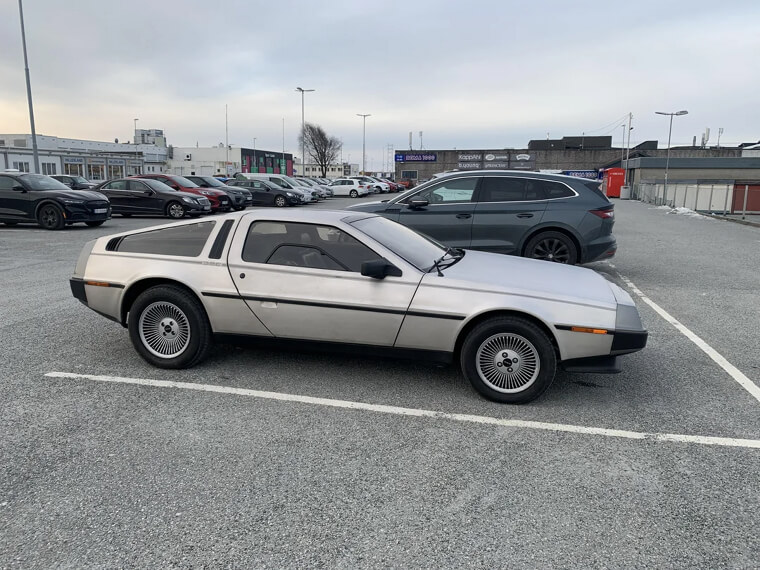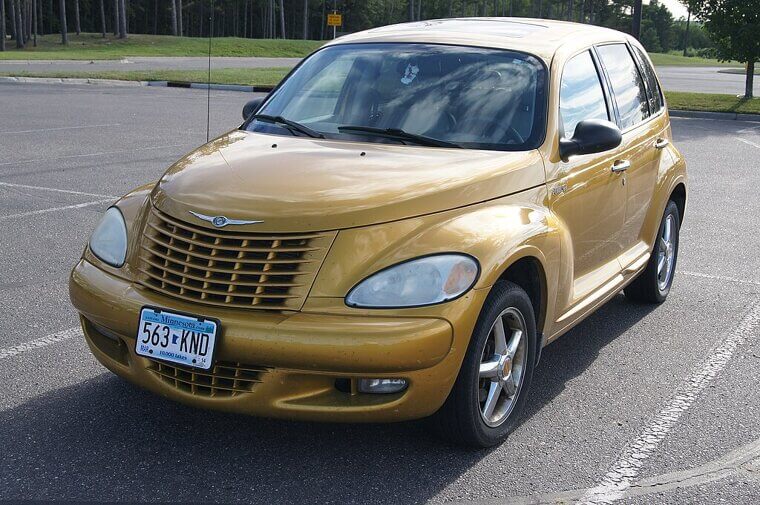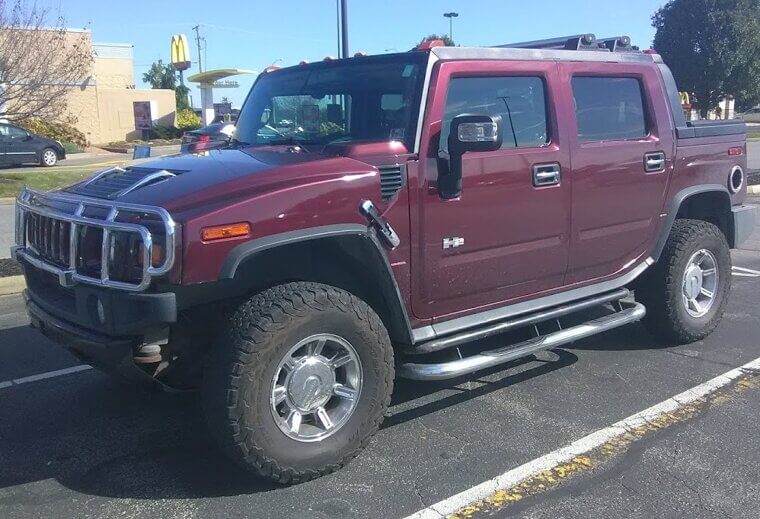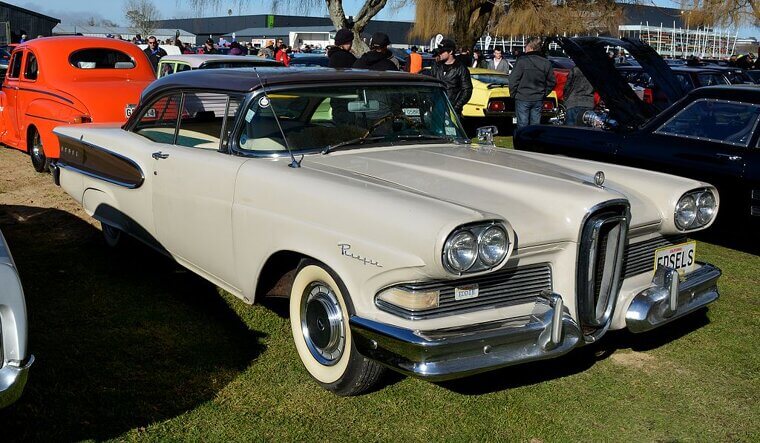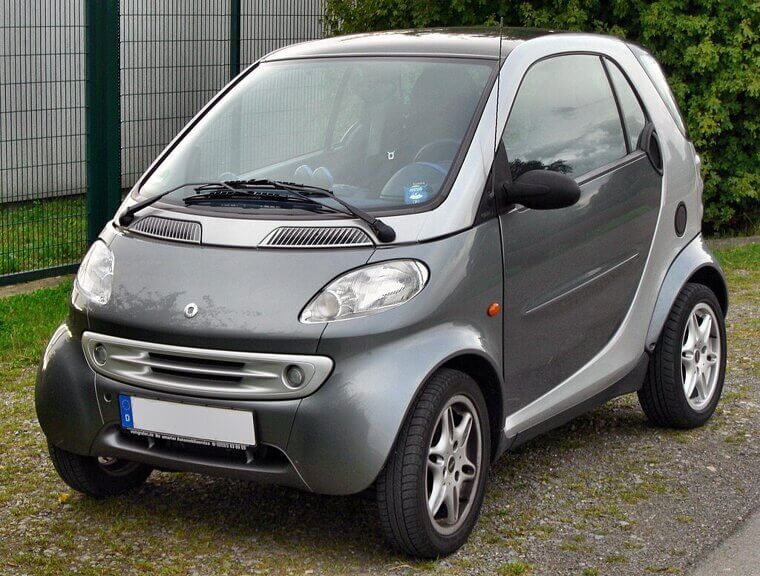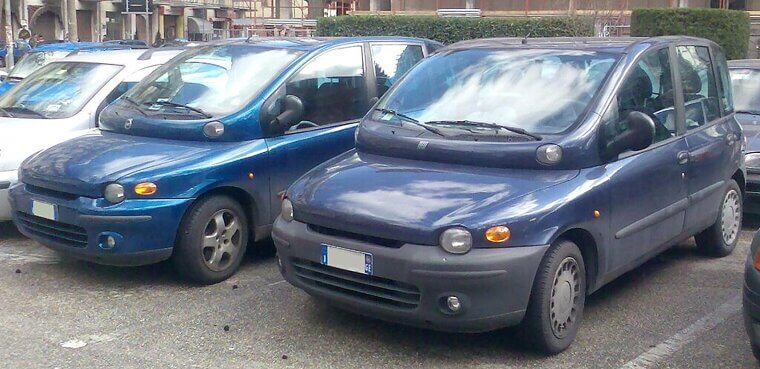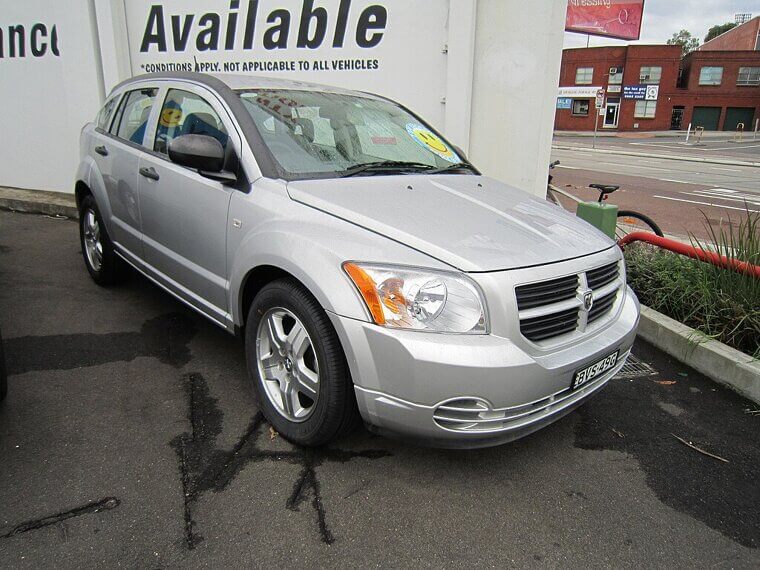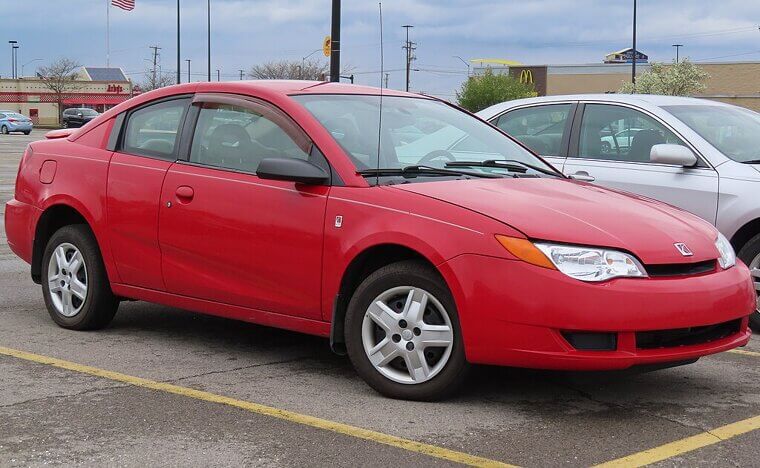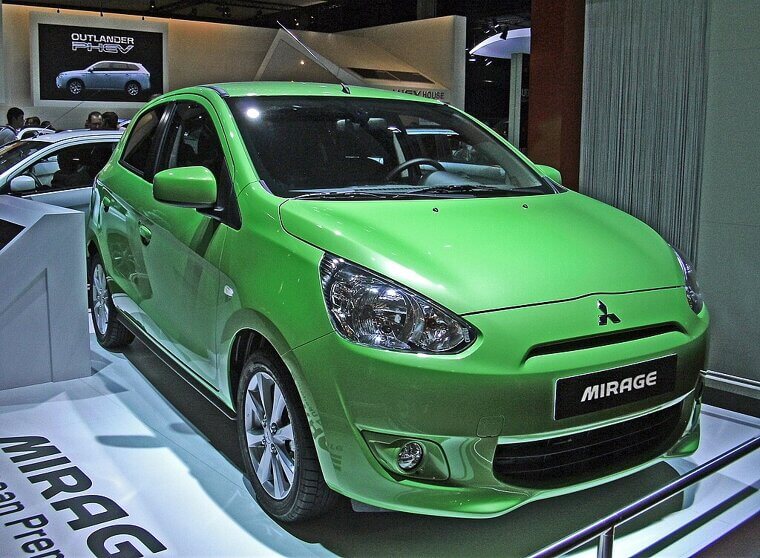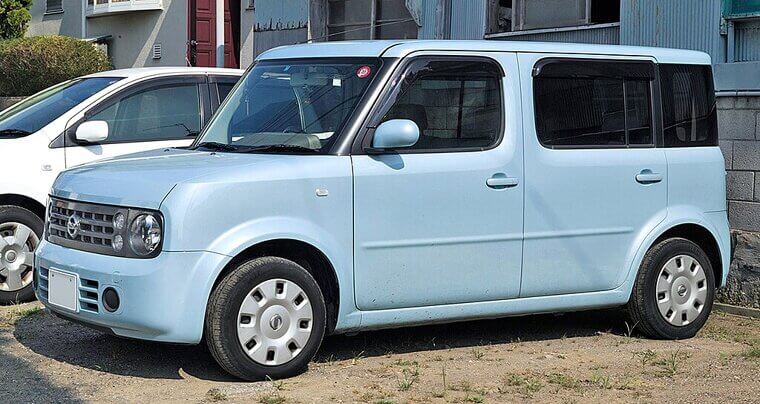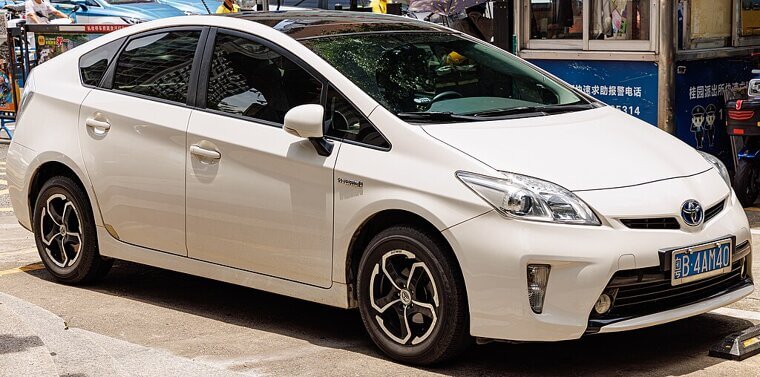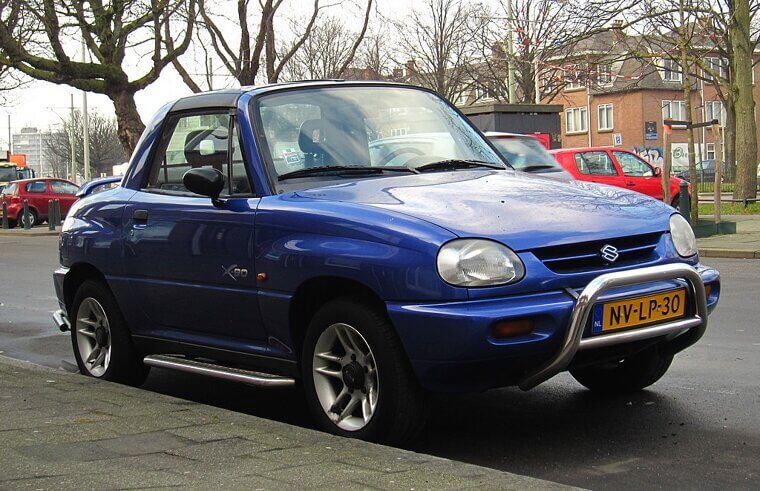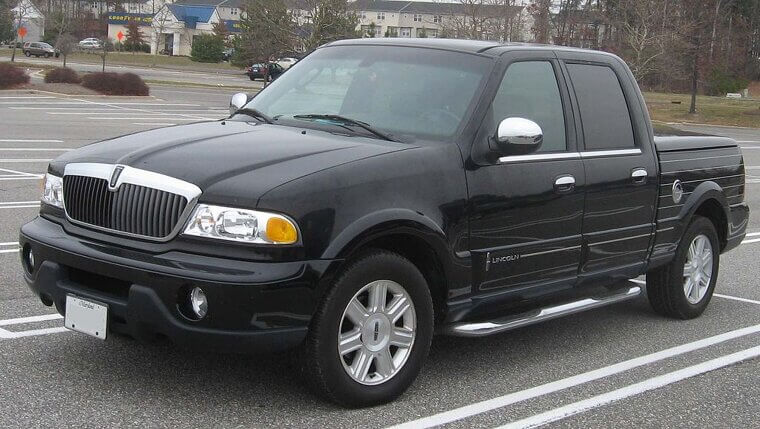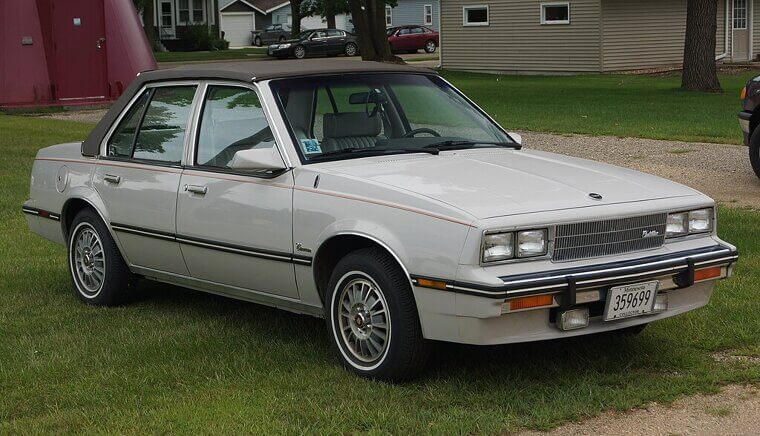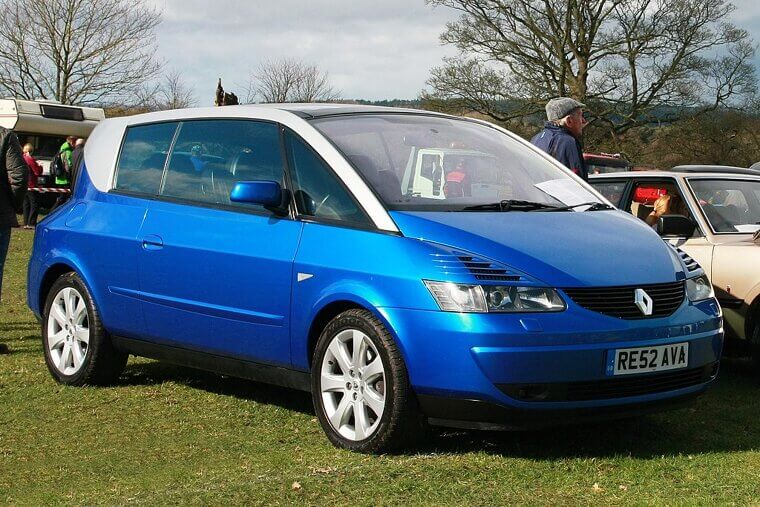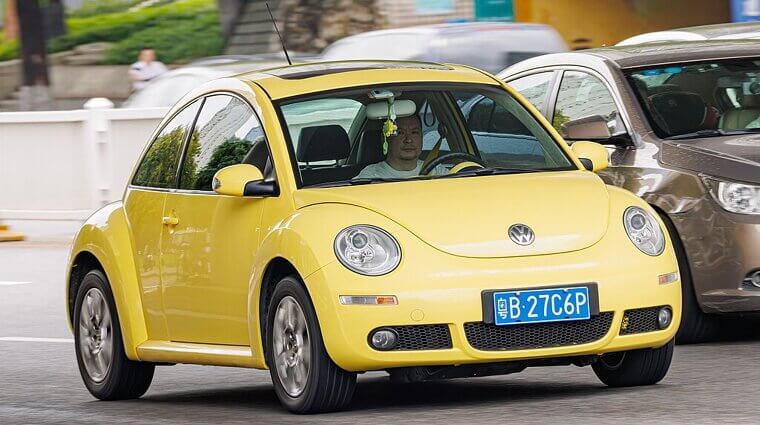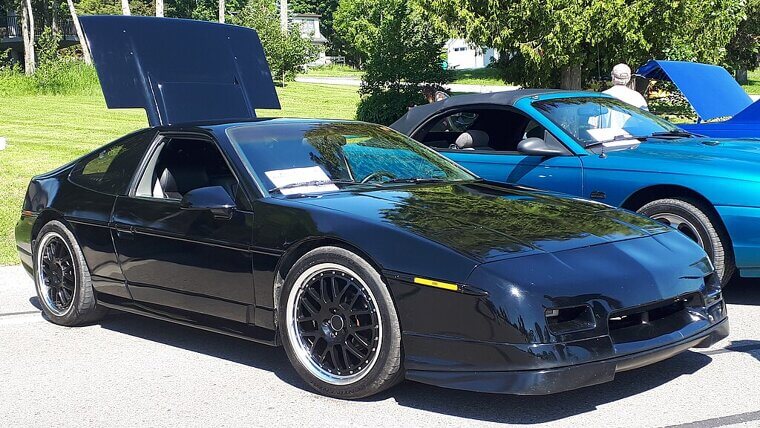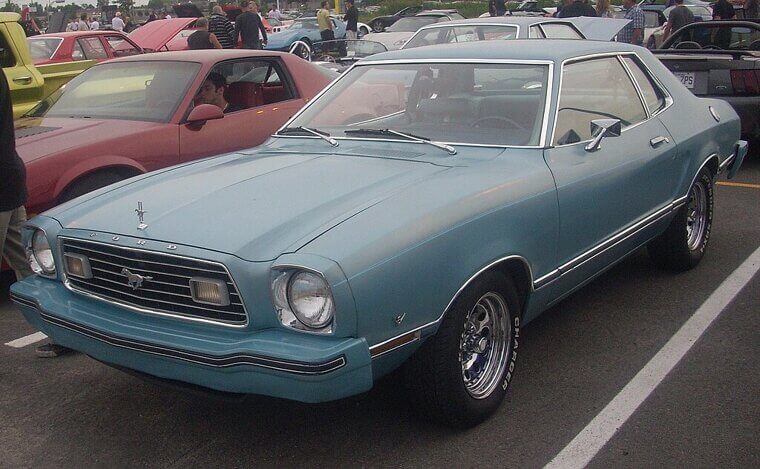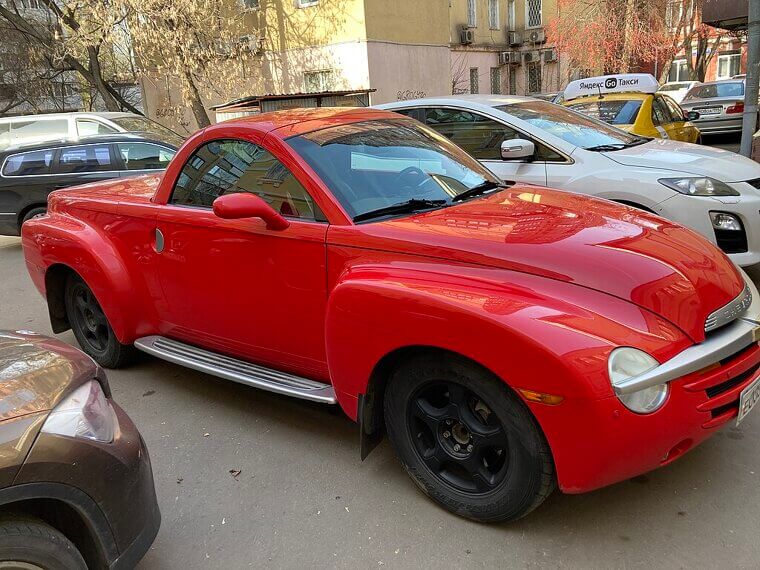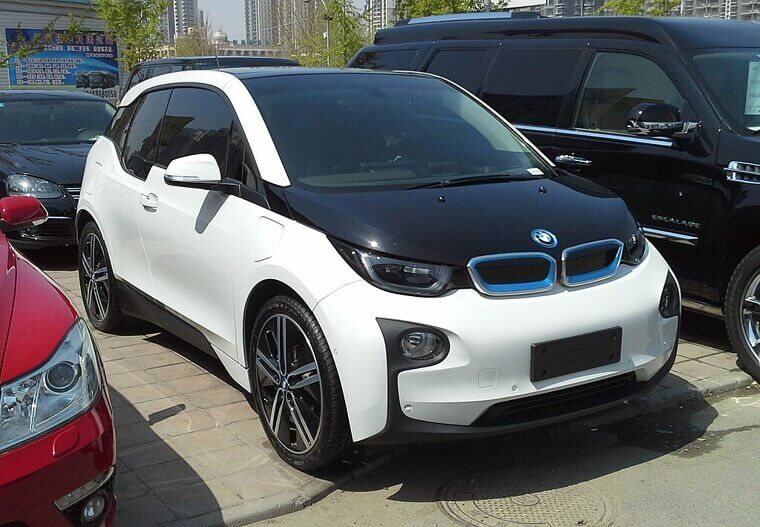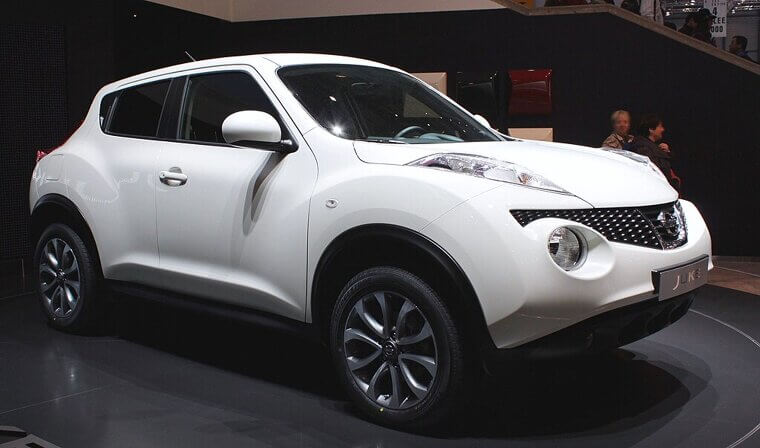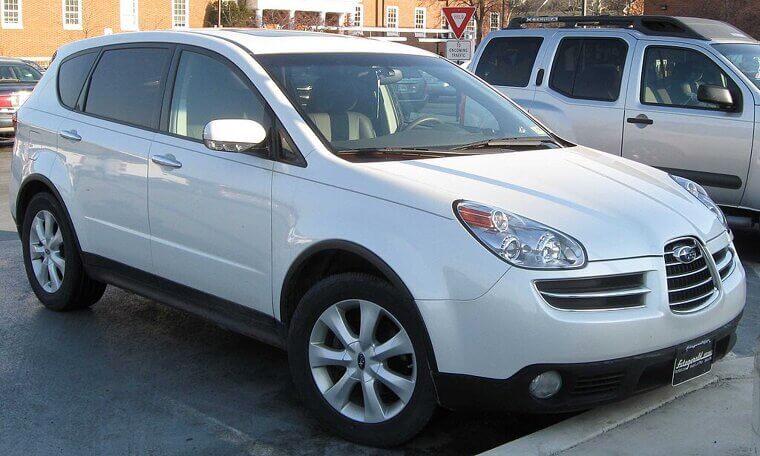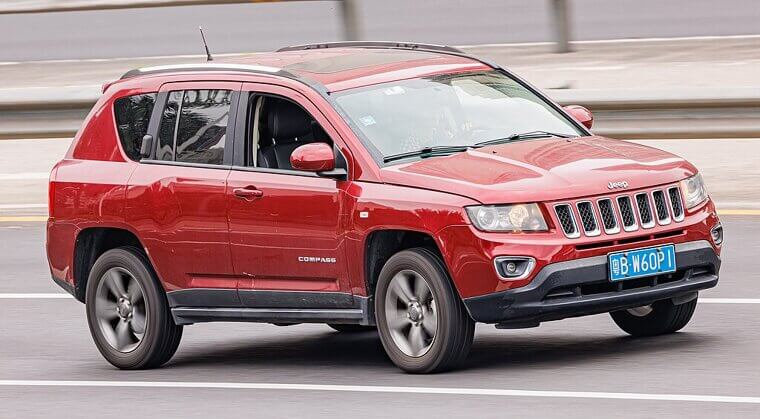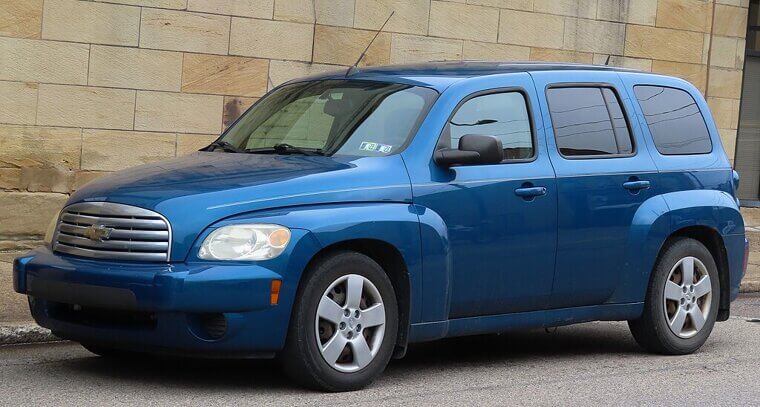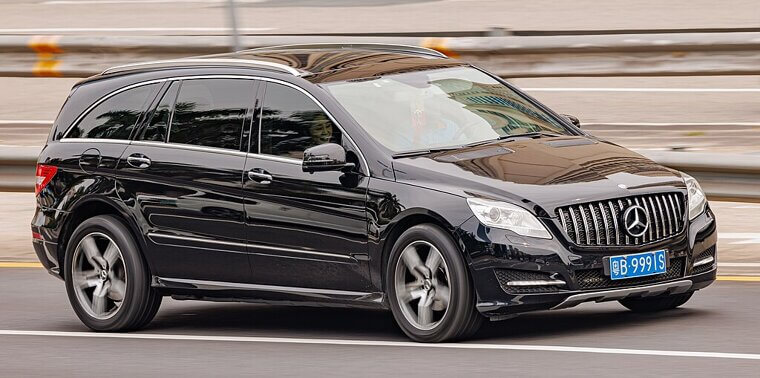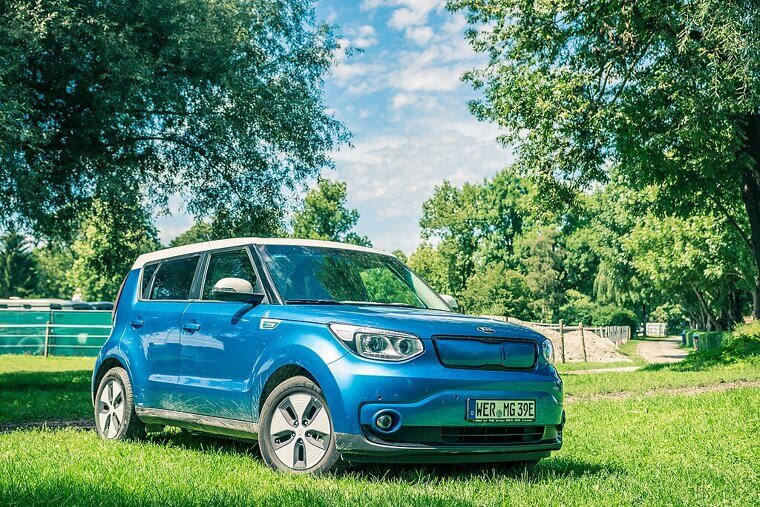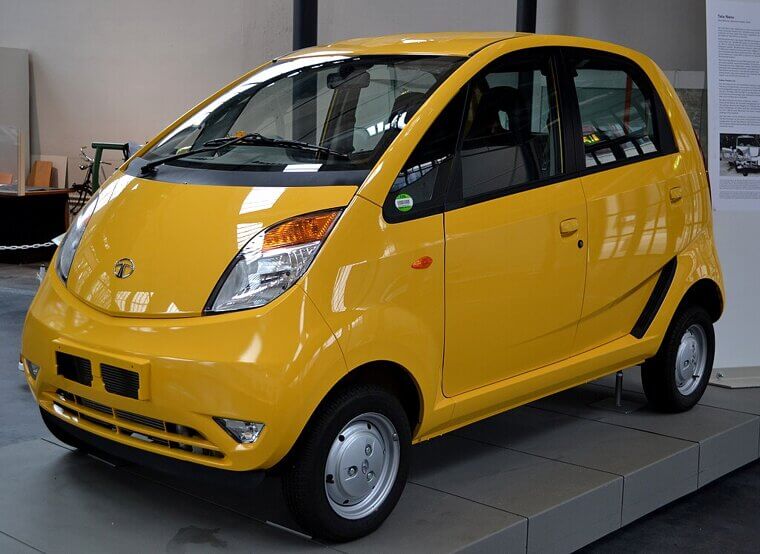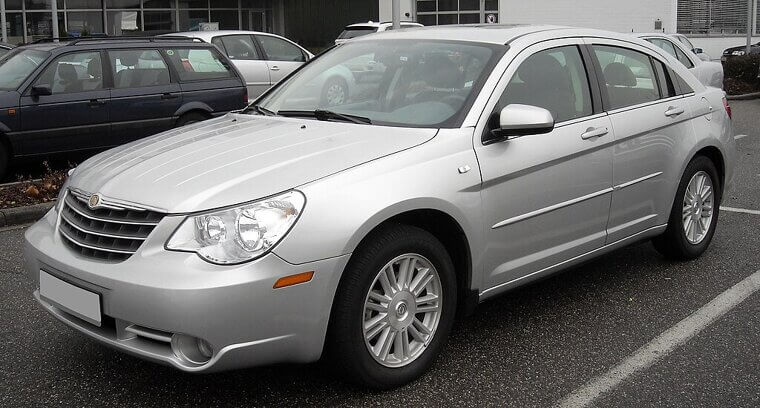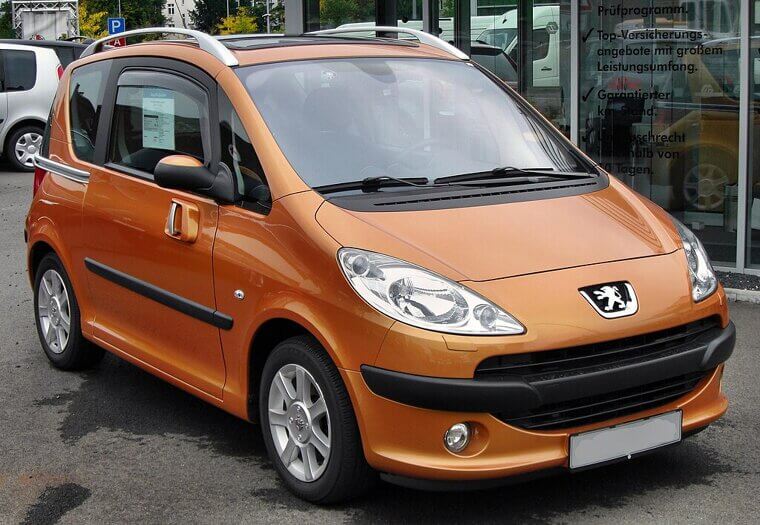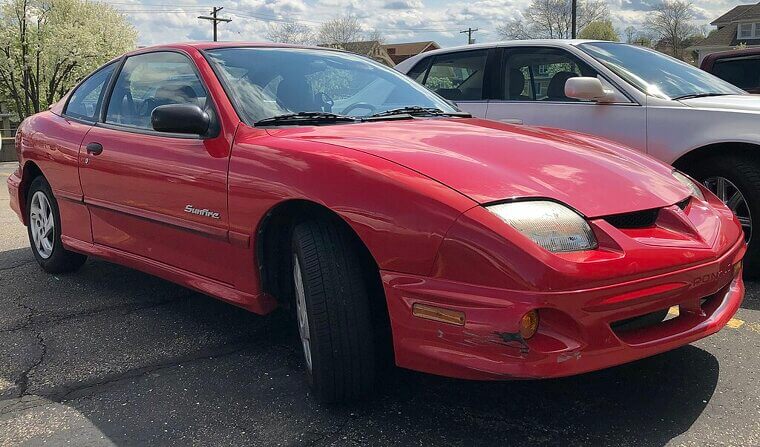Chevy Vega (1971-1977)
Chevy’s small car experiment promised European flair and American affordability. Instead, it delivered rust, overheating, and disappointment. The Vega’s aluminum engine was innovative in theory and tragic in practice. Yet, for all its flaws, it helped shape GM’s compact future - like a sacrificial lamb made of tin foil.
Ford Pinto (1971-1980)
The Pinto was Ford’s tiny attempt at affordable freedom during the gas crisis, but all anyone remembers is that it could turn into a fireball if rear-ended. Cheap, cheerful, and catastrophically combustible, it became the butt of every bad car joke.
AMC Gremlin (1970-1978)
The Gremlin looked like someone chopped the back off a regular car mid-design and said, “Eh, good enough.” AMC’s oddball hatchback earned ridicule for its mutant proportions but quietly developed a cult following. Today, its unapologetic weirdness feels almost punk - it stuck out its tongue at conformity.
Pontiac Aztek (2001-2005)
Part SUV, part spaceship, part design student’s fever dream, the Aztek was a disaster wrapped in plastic cladding. Critics called it one of the ugliest cars ever made, until “Breaking Bad” made it iconic. Turns out, the car that once screamed “soccer dad meltdown” now whispers “cult classic.”
Yugo GV (1985-1992)
Imported from Yugoslavia with the promise of being the cheapest new car in America, the Yugo delivered exactly what it cost: not much. It rattled, stalled, and occasionally self-destructed. Yet, for a brief, shining moment, it let anyone own a new car… even if it wasn’t for very long.
DeLorean DMC-12 (1981-1983)
Stainless steel body, gullwing doors, controversial backstory - the DeLorean had everything except reliability. It looked like the future but drove like a wet sponge. Still, thanks to “Back to the Future,” it transcended failure to become an immortal pop-culture time machine. Not a great car, but an unforgettable icon.
Chrysler PT Cruiser (2000-2010)
The PT Cruiser tried to channel 1930s gangster chic but ended up looking like a clown car in witness protection. People mocked its cartoonish styling, yet it sold like hotcakes for years. Equal parts nostalgic and nauseating, it proved that sometimes, “so bad it’s good” can move serious units.
Hummer H2 (2002-2009)
The H2 was less a vehicle and more a four-wheeled middle finger to fuel efficiency. Oversized, overhyped, and outrageously impractical, it became the rolling symbol of early-2000s excess. Loved by celebrities and loathed by environmentalists, it was a car that didn’t care (because caring requires miles per gallon).
Ford Edsel (1958-1960)
Few flops are as legendary as the Edsel. Ford hyped it as the car of tomorrow, then unveiled something that looked like a fish gasping for air. Overpriced, overpromised, and oddly overbitten, it tanked almost instantly. Decades later, the Edsel stands as a monument to marketing gone magnificently wrong.
Smart Fortwo (1998-Present)
The Smart car was a marvel of minimalism… until you tried to merge onto a highway. Cute and clever in the city but terrifying everywhere else, it looked like a golf cart that got into fashion school. Still, its unapologetic efficiency made it oddly lovable.
Fiat Multipla (1998-2010)
The Multipla looked like a car that fell down a flight of stairs and just kept going. With its bulging forehead and startled expression, it was comedy on wheels. But here’s the kicker: it was roomy, practical, and cleverly designed. Still, no amount of function could save it from the laughter.
Dodge Caliber (2006-2012)
Dodge promised “aggressive styling.” What we got looked like a station wagon that ate too many protein bars. The Caliber was neither sporty nor refined, just oddly confused. It tried to replace the Neon but forgot to inherit its charm. It flexed hard then tripped over its own swagger.
Saturn Ion (2003-2007)
The Ion was supposed to reinvent the Saturn brand. Instead, it became the automotive equivalent of elevator music - technically fine, emotionally vacant. Its plastic panels could shrug off door dings, but not indifference. By the time Saturn folded, the Ion had become pure good intentions running on fumes.
Mitsubishi Mirage (2012-Present)
Light, cheap, and stubbornly unkillable, the Mirage feels like a car that exists out of spite. Critics roast it for being underpowered, noisy, and plasticky, but it just keeps selling. It’s the cockroach of compact cars: unfazed by bad reviews, unbothered by taste, and absolutely unapologetic about both.
Nissan Cube (2009-2014)
Designed like an ice cube with wheels, the Cube leaned into its weirdness so hard it looped back to adorable. The asymmetrical rear window? Delightfully deranged. The shag-carpet dash? Pure chaos. America wasn’t ready, but Japan’s cubist cutie still earns love from those who appreciate oddball charm over conformity.
Toyota Prius (1997-Present)
The Prius wasn’t built for speed or looks, and that’s precisely why it worked. Its boxy smugness made it a cultural punchline, but it quietly changed the world. Every hybrid that followed owes it a thank-you. The Prius didn’t care if you mocked it; it was too busy saving gas.
Suzuki X-90 (1995-1997)
Part SUV, part convertible, all existential crisis, the X-90 was Suzuki’s answer to a question no one asked. With two seats and a removable roof, it looked like a Tonka toy that gained sentience. It remains a cult favorite for people who enjoy confusing everyone at gas stations.
Lincoln Blackwood (2002)
Imagine a luxury pickup with a carpet-lined truck bed you can’t use. That’s the Blackwood. Lincoln’s attempt to blend opulence and utility created something neither could love. It flopped spectacularly but paved the way for the Cadillac Escalade EXT. Bad ideas can have rich offspring.
Cadillac Cimarron (1982-1988)
Ah, the Cimarron - when Cadillac decided to rebadge a Chevy Cavalier and charge luxury prices. It was like putting caviar on toast and calling it fine dining. Critics shredded it, buyers ignored it, and Cadillac learned a painful lesson: prestige isn’t a sticker, it’s an experience.
Renault Avantime (2001-2003)
The Avantime was so bold it circled right back to baffling. A luxury coupe-minivan hybrid, it was spacious, futuristic, and completely unsellable. Renault aimed for avant-garde and landed on avant-gone. Still, two decades later, design nerds revere it as a masterpiece, like the weird uncle of modern crossovers.
Volkswagen New Beetle (1997-2011)
Volkswagen resurrected a legend, then gave it a flower vase. The New Beetle’s bubbly shape and cutesy vibe split fans right down the middle. Some called it charming nostalgia, others called it automotive cosplay. Either way, it turned heads, divided hearts, and proved that you can’t please everyone.
Pontiac Fiero (1984-1988)
The Fiero looked like a baby Ferrari and sold like one, until people realized it sometimes caught fire. Pontiac’s mid-engine marvel was ahead of its time but betrayed by cost-cutting and corner-cutting alike. Still, its cult following burns bright - fitting for a car once infamous for spontaneous combustion.
Ford Mustang II (1974-1978)
Imagine following up the iconic ’60s Mustang with… this. Born during the fuel crisis, the Mustang II swapped muscle for meekness. It was smaller, slower, and somehow softer than a beanbag chair. Yet, without it, the Mustang might’ve died entirely; sometimes survival looks a little embarrassing.
Chevrolet SSR (2003-2006)
The SSR was part pickup, part retro roadster, and all confusion. It looked like a concept car that accidentally wandered into production. Underneath its cartoon curves lurked a Corvette engine, but its weight turned “sports” into “sorta sporty.” Quirky, shiny, and joyously impractical, it’s now a collector’s oddball delight.
BMW I3 (2013-2022)
BMW’s i3 looked like it escaped from a sci-fi art gallery. Made of carbon fiber and powered by electricity, it was wildly innovative and deeply divisive. Some saw eco-genius, others saw expensive weirdness. Love it or hate it, the i3 proved BMW could think beyond horsepower and into the future.
Nissan Juke (2010-2019)
The Juke’s face alone caused arguments. Was it cute? Was it horrifying? No one could agree. Yet its punchy turbo engine and playful handling made it fun despite the frog-like front end. The Juke was the car equivalent of pineapple pizza: bizarre, bold, and strangely addictive.
Subaru B9 Tribeca (2005-2014)
Subaru’s first luxury SUV tried too hard to be posh and ended up looking perpetually startled. Its weird grille and cramped interior earned scorn, yet it introduced Subaru fans to the idea of upscale comfort. It was awkward, earnest, and a stepping stone to better things.
Jeep Compass (2007-2017, First Gen)
The first Compass was a Jeep in name only, built more for mall parking than mountain trails. Critics tore it apart for its plasticky interior and lack of grit. Still, it sold well enough to earn a redesign, proving that even the softest off-roader can find its footing eventually.
Chevrolet HHR (2005-2011)
Designed by the guy behind the PT Cruiser, the HHR was like a sequel no one asked for. It tried the same retro charm but landed more “rent-a-car chic” than “gangster throwback.” Functional? Sure. Exciting? Not really. But bless its heart, it hauled groceries with nostalgic determination.
Mercedes-Benz R-Class (2005-2013)
Luxury minivan? Sleek SUV? Nobody (including Mercedes) seemed to know. The R-Class was roomy, smooth, and surprisingly quick, but utterly unclassifiable. Buyers didn’t understand it, dealers couldn’t sell it, and Mercedes quietly moved on. In hindsight, it was simply ahead of its time.
Kia Soul (2008-Present)
The Kia Soul looks like it was designed by a toddler with a crayon and a dream - and that’s exactly its charm. Boxy, cheerful, and defiantly quirky, it’s been mocked for its hamster ads and toaster shape. But the Soul has soul, practicality wrapped in unapologetic weirdness.
Tata Nano (2008-2018)
Chrysler Sebring (1995-2010)
The Sebring was everywhere in the 2000s; airports, rentals, and midlife crises. Bland looks, mushy handling, and that convertible top that always leaked made it the embodiment of mediocrity. Yet, somehow, it soldiered on, the automotive equivalent of elevator jazz: forgettable, but oddly comforting.
Peugeot 1007 (2004-2009)
With sliding doors on a tiny hatchback, the 1007 was Peugeot’s answer to a question nobody asked: “What if a minivan had a child with a shoebox?” It was clever, safe, and charmingly French, but also heavy, slow, and pricey.
Pontiac Sunfire (1995-2005)
The Sunfire tried so hard to be sporty it practically pulled a hamstring. With fake scoops, fake vents, and real disappointment, it became the chosen chariot of cash-strapped college kids everywhere. Yet, buried under all that mediocrity was a dependable little workhorse that never pretended to be more than it was.

